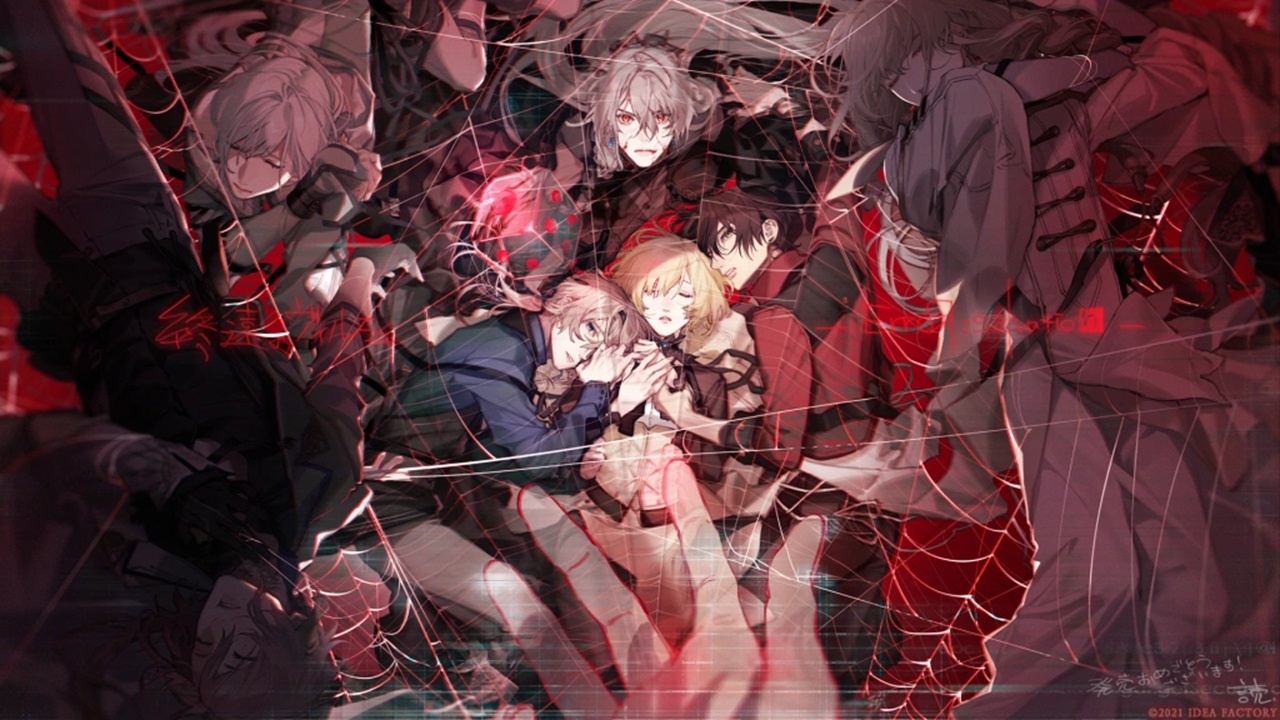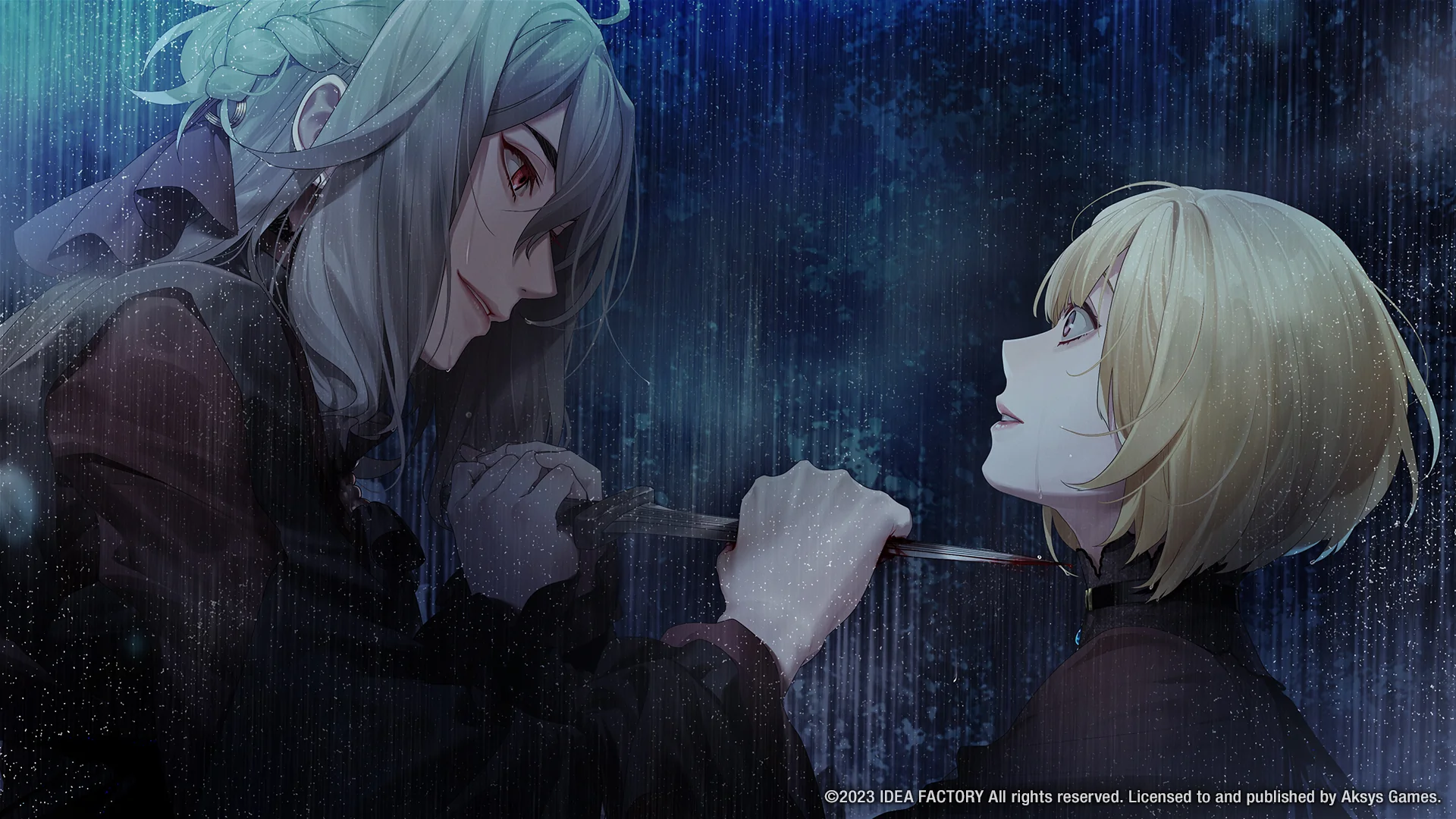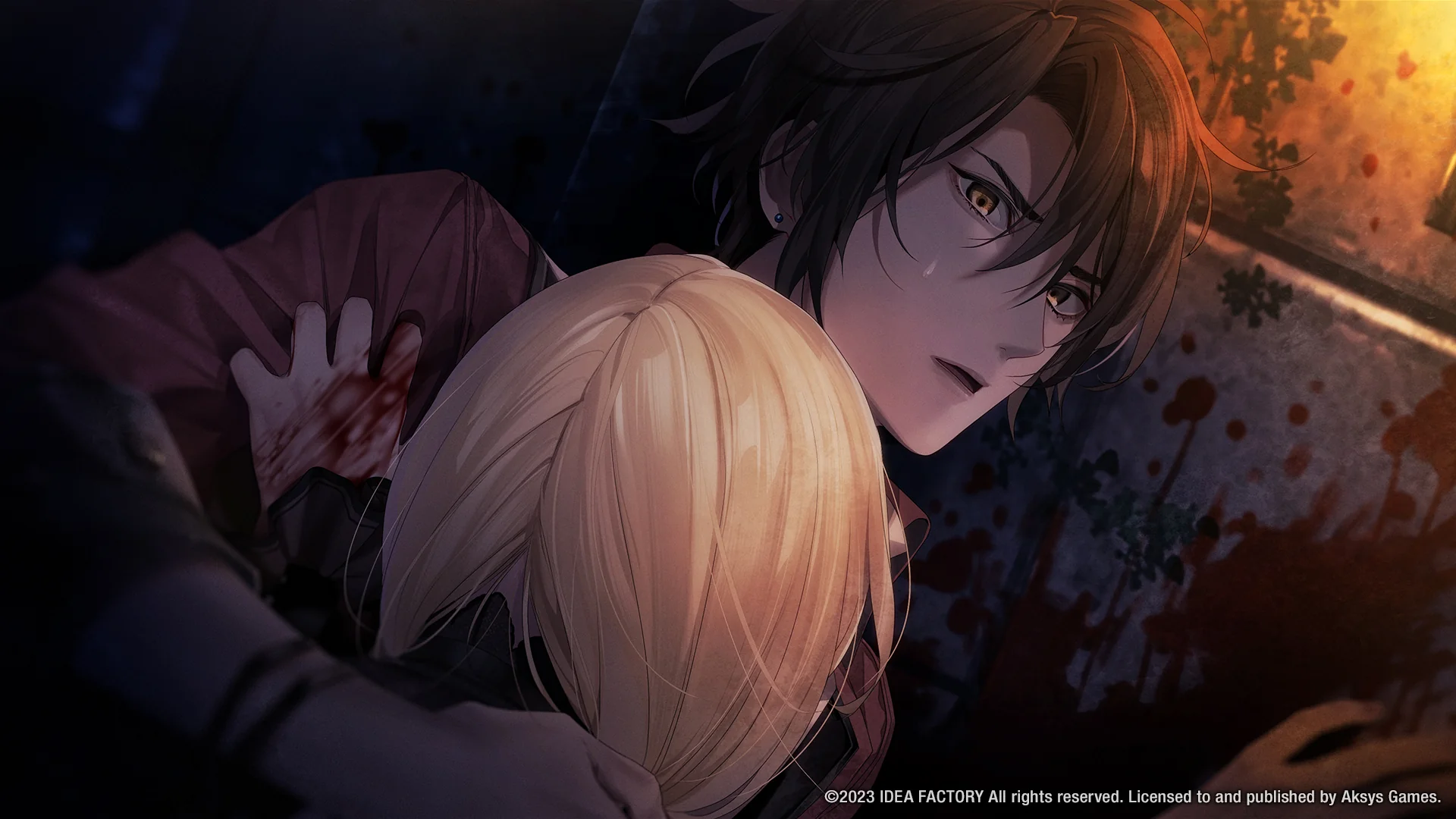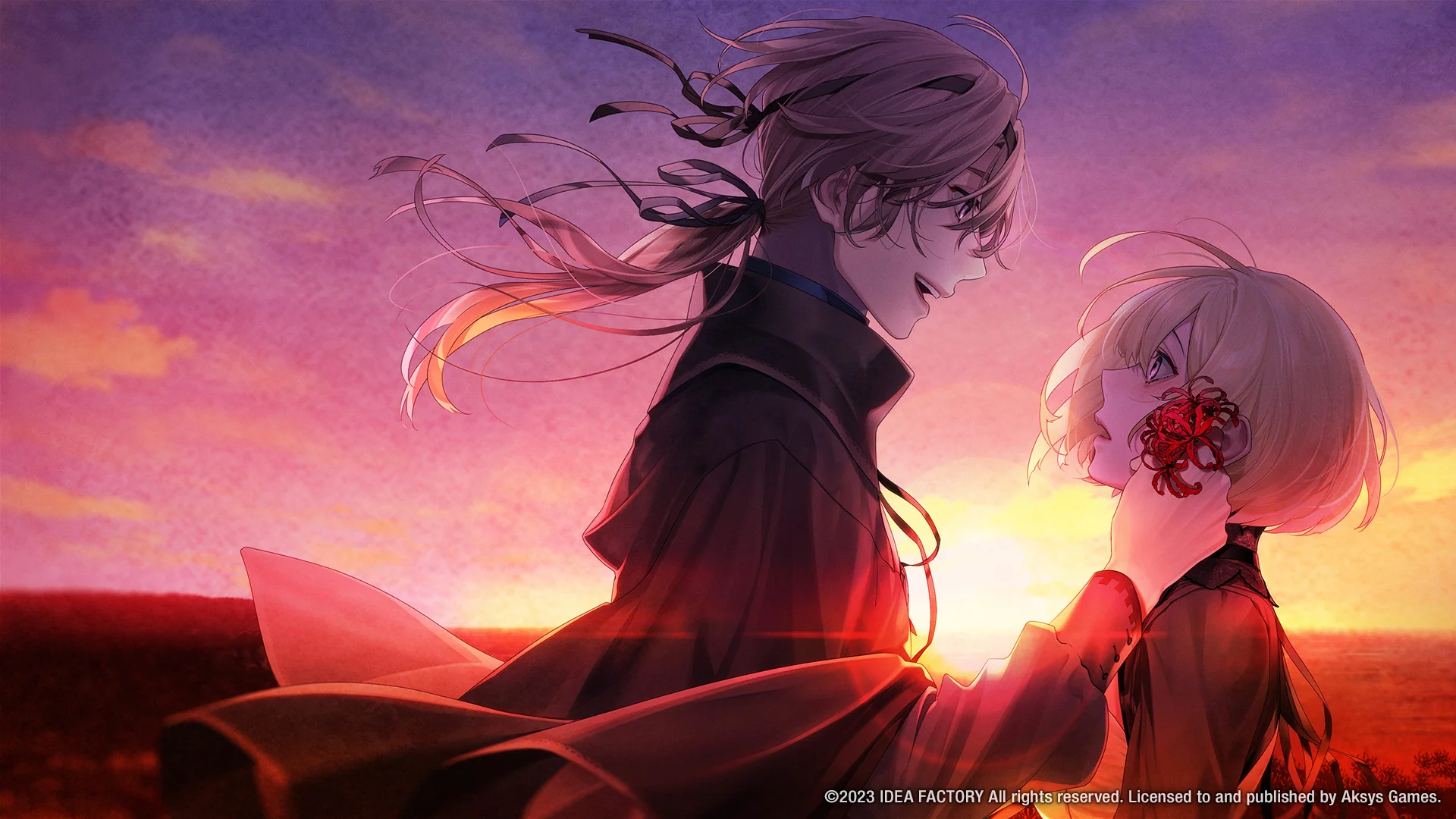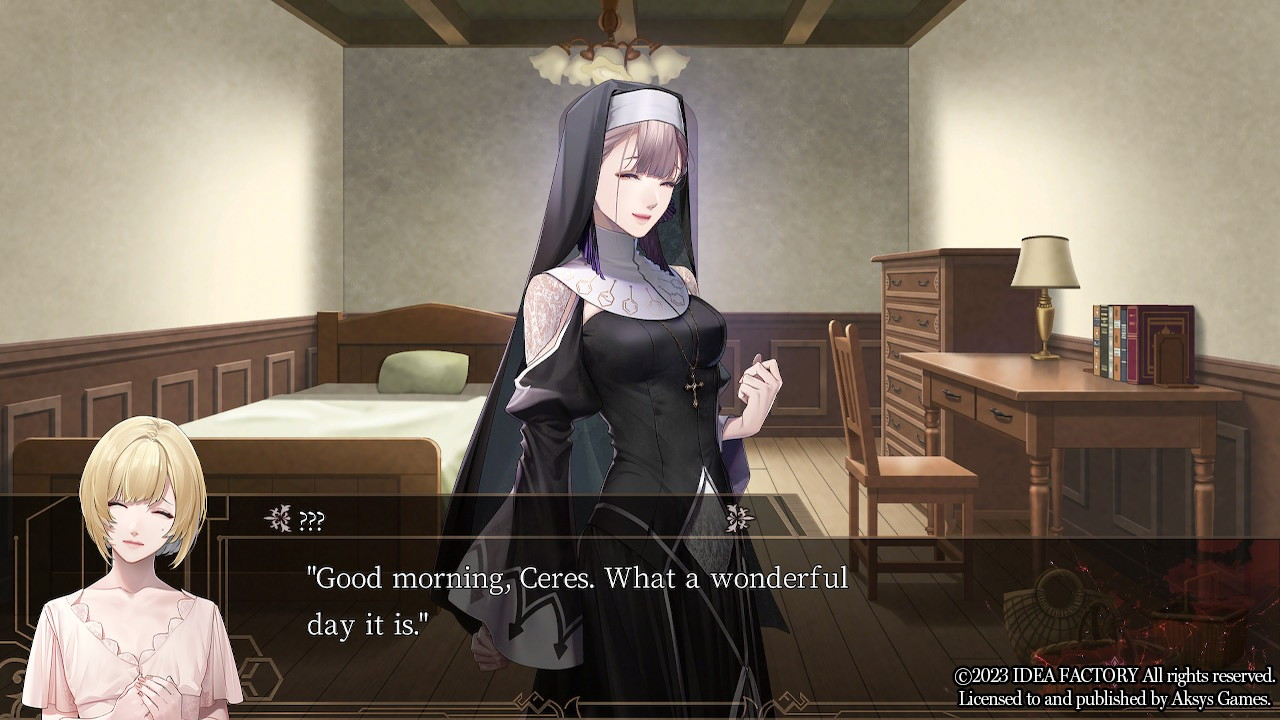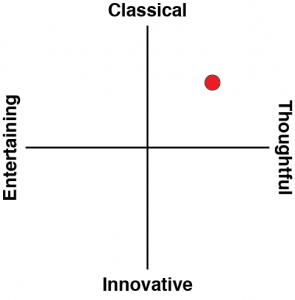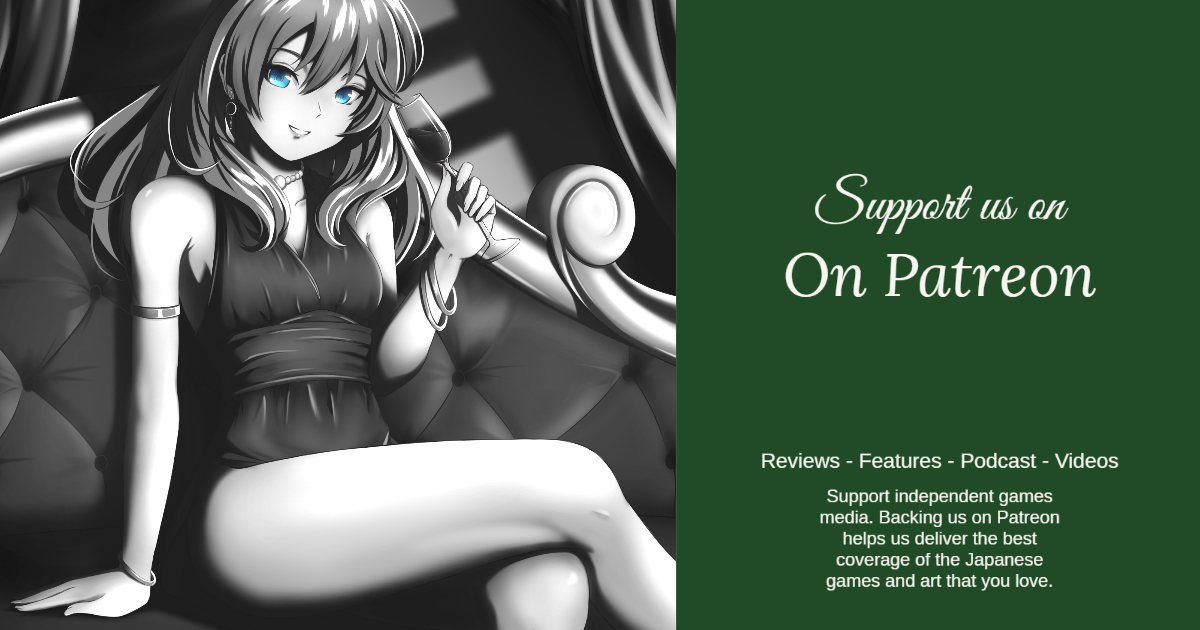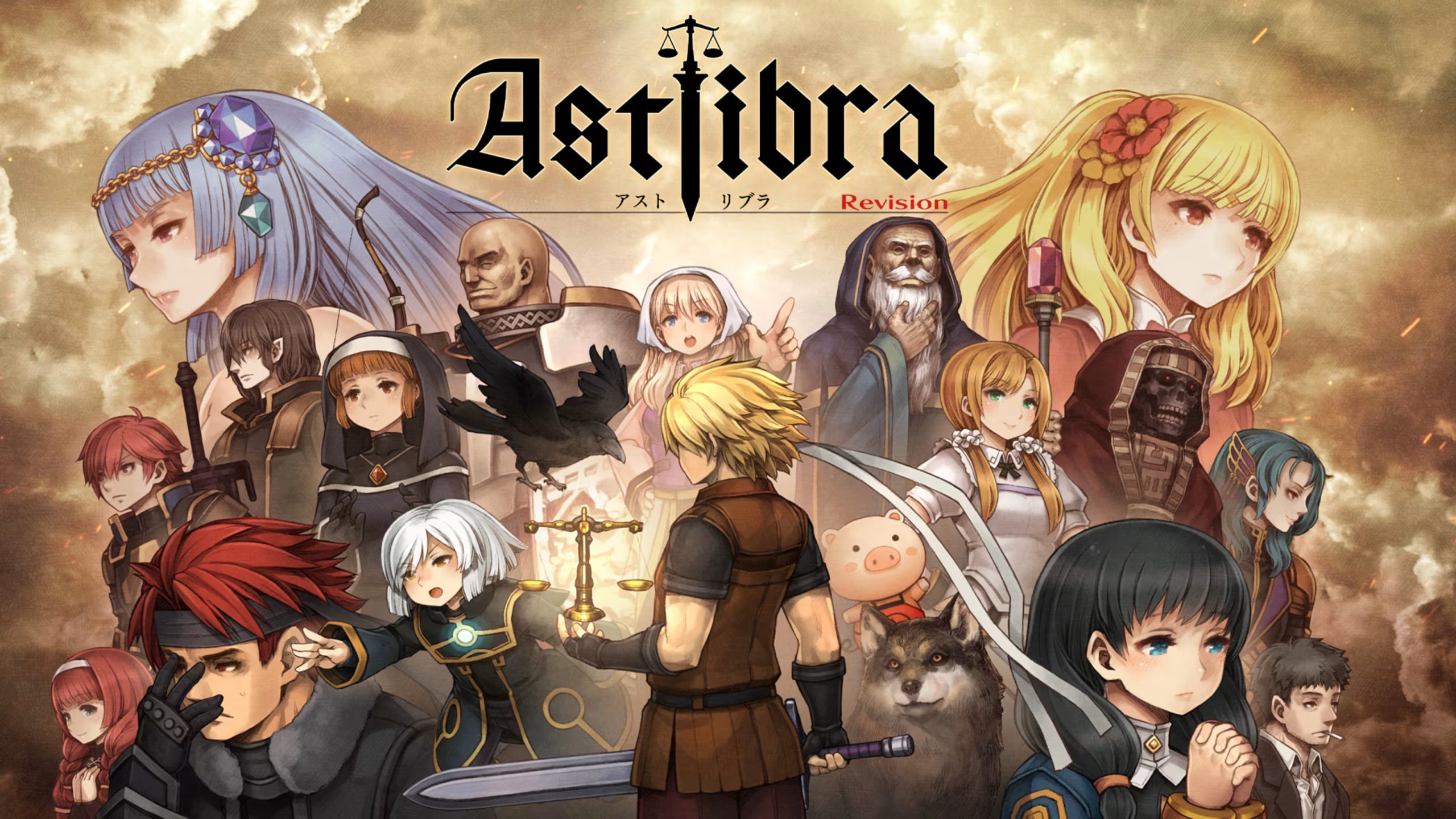I’ll just get this warning out of the way up-front: There’s an explicit depiction of an apparent suicide in the first ten minutes of Virche Evermore -ErroR: Salvation-. It’s by no means the only content warning found in this incredibly dark visual novel. I overview some of the (many) other content warnings further on, but if you’re the kind of person that is sensitive to such things, click away now. This game is extreme and not for you.
However, like the great Gothic masterpieces in literature, there is a sincere beauty and grace within Virche Evermore. It’s a challenging work, intellectually and emotionally, and represents some of Otomate’s finest writing. While I’m hesitant to suggest it sits at quite the peaks of the likes of House of Fata Morgana, Root Double and Saya No Uta in the leagues of dark fiction visual novels, it’s firmly in the ballpark, and that’s an incredible achievement in its own right.
The protagonist of Virche Evermore is Death personified… at least by reputation. Whenever she spends too long near someone, that person tends to die in some horrible fashion, be it illness… or the building around them catching on fire. However, the girl herself is not an active participant in this curse, and consequently it makes her incredibly miserable, believing that she is consistently the reason that men, women and children that she cares about suffer because of her.
The girl and her community live on an isolated small island, surrounded by beautiful, dark-and-red flowers that are death to touch. There’s no escape to this island, or, consequently, the girl, and the overall atmosphere of the place is incredibly melancholic. This is compounded by the fact that no one can live beyond the age of 23. No matter how healthy and well looked after you are, if you make it to 23 years, then you’re guaranteed an agonising, unnatural death.
The one reprieve to all of this is that rebirth is possible. Those who agree to be reborn can “download” their memories and move into a new body upon death. And then the protagonist, through another tragedy, gets a sliver of hope herself with an opportunity to undo her curse and live normally… with a catch.
Without getting into spoilers, the whole point of this rather out-there concept is to raise the question: is the ability to live eternally something you really want to do? There’s a lot going on in the narrative. The question about whether it’s better to burn brightly with one life or persist on into perpetuity for little other reason than to just exist is a compelling point for philosophical debate. The Japanese have multiple metaphors for the transient nature of life: both the Sakura blossom and fireworks serve as a reminder that we all burn brightly for just a short time, and our goal should be to make that moment beautiful rather than eternal. This is a question that Virche Evermore keeps returning to, and while there is a morose bleakness about it, it’s also designed to be a question that fundamentally affirms the intrinsic value of life.
Within the novel there’s the almost poetic beauty of the language used. The greatest Gothic works – Dracula, Frankenstein, Wuthering Heights et al – are fundamentally beautiful pieces of writing, with an elevated romance to the words that is a stark contrast to the brutality of the more contemporary horror genre, despite the two often being conflated.
Indeed, Frankenstein is a good point of comparison, because just like in Frankenstein, the game is concerned with humans and technology and their efforts to ward off death. As this essay on the book noted: “Mary Shelley’s Frankenstein is a masterpiece of Gothic literature that delves into the depths of human ambition, responsibility, and morality. Through the creation of the monster and its subsequent interactions with its creator, Shelley highlights the dangers of playing God and the consequences of neglecting one’s responsibilities. The novel is also a commentary on the nature of human identity and the limitations of science and technology.” Much of that also applies to the themes around death and rebirth in Virche Evermore.
And then there’s the romance options. Because this is an otome, there are several dashing boys that you can build a bond with. However, this takes on a very different complexion in comparison to most other otome games, because there’s the ever-looming potential for the protagonist to become death to these boys. The idea of romance fated to doom due to supernatural forces is incredibly Gothic, and the warmth that you’ll find in the stories of some of the boys is really quite affecting at times when you remember that their interactions with the protagonist have a giant Sword of Damocles hanging over their heads.
Tragedy is a key theme in Gothic literature, and the developers are so committed to that in this game that the first play-through must result in a bad ending for each chosen boy. It’s only after you’ve gone through that that you can replay with the more hopeful good ending achievable. This will rankle some players the wrong way, since visual novel fans like their decision trees and, frankly, some of these endings are so steeped in utter despair that it’ll be too much for some people. I fully expect that this was the intent of the developer and the real endings are those negative ones, because the “good” endings were put in there to check that requirement off the otome checklist. I firmly believe that you’ve seen the real experience if you don’t get to the good ends. Nonetheless, there will be people that want to see the good ends, and might find it frustrating that they need to get there in such a roundabout way.
And just to show I’m not exaggerating here, here are the content warnings for just one of the routes: gore, implied child abuse (physical), child murder, forced drug use, extreme/graphic violence (depicted), body mutilation (mentioned & depicted), dismemberment (described), extreme religious beliefs, character held against will (depicted), dubious consent, uncomfortable romantic situations involving a child (non-sexual), desecration of a corpse (shown in CG).
Now that’s the most extreme route but… still. This game will make some people very uncomfortable. And that’s okay! Good, even! Gothic was never meant to be a feel-good genre. It was always intended to be a deep and sincere look at the darker edges of humanity and morality. Furthermore, the arts are important for their ability to confront and challenge.
But it’s not necessarily entertaining, and I’ve got to say that Virche Evermore -ErroR: Salvation- is brilliantly written, thought-provoking and intelligent, but it’s not enjoyable. Aksys has done an incredible job of taking a dense, poetic piece of writing and translating it into English while retaining its tonal quality. The art is absolutely breathtaking, as we expect from Otomate. However, nothing about this game is fun. I happen to appreciate that. For every 1,000 vapid, shallow games that exist to give us a shot of adrenaline and help us forget about the world for a brief second, we get one game like this.
It is the one game like this that reminds us that games are an art form. The only question is whether you’re looking to experience a true work of art, or have a bit of fun. If you fall into the latter camp, stay well away.
